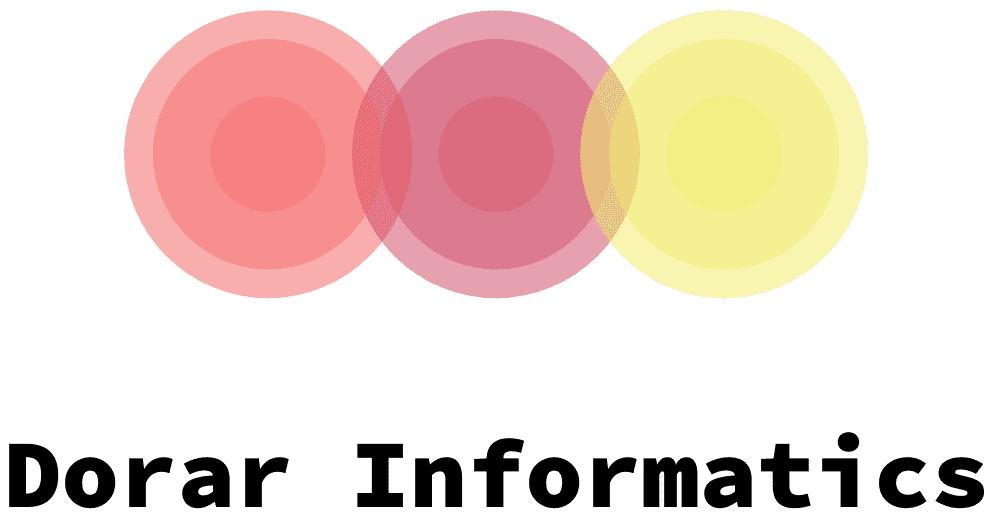Getting the best refinance rates for your mortgage is an important step to make sure that you are getting the best deal possible. While you might think that getting the best rate is all about having the best credit, there are actually many other factors that go into determining how much money you will receive.
Average 30-year fixed rate
Getting a low rate on a 30-year fixed home loan is important for a variety of reasons. First, it will help to build equity in your home faster and cheaper. Second, you can use the money you save each month to pay off other debts, like a car loan, or to save for other goals.
While you might be tempted to refinance your mortgage after a few years, it is a better idea to lock in your rate at a lower rate now before rates go up in the future. Even if you do not qualify for a refinance, you may be able to get a low rate on a new mortgage.
It is also important to consider your credit history when comparing mortgage rates. Your credit score will determine how much you can borrow and how much interest your lender will charge you. You can check out your credit report to see if there are any negative financial events that might be causing your score to drop.
The average 30-year fixed rate for mortgages is a little over 4%, but that is still below the long-term average of 7.76 percent. The Federal Reserve’s policy tightening will probably push interest rates higher, but at this time the market is still quite stable.
If you’re in the market for a new home, you can get a better rate on a 30-year fixed home loan by shopping around. Getting quotes from at least three lenders can help you compare rates and find the best deal. You can also get expert recommendations to help you find the right home loan for your needs.
You should also look into the amortization schedule your lender will provide. This will help you understand how much you are paying toward interest and how much goes toward your principal. This will also tell you how long it will take to pay off your mortgage.
Buying a bigger house will mean you will need to put more money toward upkeep and care. That is true of any home, but larger houses will require more attention.
Average 5/1 adjustable-rate mortgage (ARM)
Whether you are buying or selling a home, a 5/1 adjustable-rate mortgage (ARM) can be a great way to get a competitively low interest rate. In addition to saving you money, the rate on a 5/1 ARM can be used to reduce the cost of your monthly payments. However, not all ARMs are created equal. In some cases, your rate will increase significantly, making it difficult to meet your payments.
The most popular type of ARM is a 5/1 ARM. This type of mortgage has a low introductory rate, and then adjusts annually during the adjustable rate period. This translates to a lower monthly payment, but the interest rate can increase dramatically over the life of the loan.
However, it’s important to consider the interest rate caps that are associated with 5/1 ARMs. Interest rate caps are designed to protect you from having your interest rate climb more than once a year.
You can find the best rates for your home purchase by shopping around. This is especially true if you are a first-time homebuyer. You can also get free rate quotes. This includes quotes for an ARM and a fixed-rate loan. You should get the rates for both programs, and compare the terms and features of each.
The first and most obvious benefit of a 5/1 ARM is the low introductory rate. A low interest rate will make managing your monthly payments easier. Also, you may be able to use your savings to reduce the amount of your mortgage payments, or invest your savings each month. The average 5/1 ARM APR today is 7.31%.
The national average 5/1 ARM APR is 7.51%. This translates to $56 per month in savings. This is a big deal. The same savings would translate to $3,360 over five years.
A 5/1 ARM is a great option for home buyers, especially if you plan to move before the rate adjusts. However, it’s not a good option for home owners who plan to stay in their homes longer.
The average refinance rates for a 5/1 ARM can vary based on credit score, down payment, and loan terms. You can get a free mortgage rate quote by entering your information into a few websites.
Cash-in refinance vs cash-out refinance
Depending on your current financial situation, a cash-in refinance may be a good choice for you. But, it’s important to weigh the pros and cons of each loan type before deciding which one you should choose.
Cash-in refinancing can lower your monthly payment by putting more money in your pocket. You can also pay off high-interest credit cards and save thousands of dollars in interest. But, you should be aware that your interest rate may be higher than with a regular mortgage.
Cash-out refinancing can be a good option if you’re looking to make a big purchase or you need a larger loan. However, it can also be a bad choice if you have financial problems or have bad financial habits. You should only refinance your home when you think it’s the right move.
Cash-out refinancing is typically more concerned with the money you’ll receive than with the mortgage itself. For example, you can use the extra cash to invest in the stock market or pay off credit cards.
The downside to a cash-out refinance is that you will have more debt than you previously had. You’ll also have to pay a lump-sum amount, which will mean that you’ll have less money available for other purposes. You should also make sure you have a liquid savings account to cover emergencies.
If you have equity in your home, a cash-out refinance can be a good option. The amount you’ll receive depends on the value of your home. However, most lenders require at least 20% equity in your home.
A cash-out refinance is usually a good choice if you’re looking for a new loan that has a lower interest rate or better mortgage terms. It can also help you consolidate debt. You can also use the cash to pay for home improvements or large expenses. You should also be sure to check the fine print of the mortgage before you make a final decision.
Before you make a final decision, you should also evaluate your debt-to-income ratio and your credit score. Your debt-to-income ratio compares your monthly gross income to the minimum payments on your existing debt. A low debt-to-income ratio will allow you to borrow more money, but a high credit score can help you make the most of your cash.
Streamline refinance vs debt consolidation refinance
Streamline mortgage refinance and debt consolidation refinance are two different types of mortgage refinancing. Both can help homeowners reduce their monthly bills. But there are differences in the amount of benefit they provide, and how they are handled.
With a streamline refinance, you can replace an adjustable-rate mortgage with a fixed-rate mortgage. The new mortgage will have a lower interest rate, which can help you pay off your existing debt.
With a debt consolidation refinance, you can use your home equity to pay off high-interest debt. You can also use your home equity to pay for tuition, remodeling, or an important event.
A streamline refinance is designed to make refinancing easier for homeowners who owe more than their home is worth. Streamline refinancing does not require an appraisal or extensive credit checks. Instead, you will have to prove that your home is current and that your new loan benefits your financial situation. This process can help you avoid foreclosure.
If you have a home that is in foreclosure or you are behind on your mortgage, refinancing can be a great way to get back on track. However, it is important to find a good lender and lock in a good interest rate. If you don’t, you may be forced to pay a higher interest rate in order to qualify for the streamline refinance.
A cash-out refinance is designed to give homeowners with equity the chance to get a larger loan. It requires a larger lump sum of money upfront, and usually involves a higher interest rate. You must have a minimum credit score of 620 and have at least 20% equity in your home. This can be a great way to pay off high-interest debt, but it can also empty your savings account.
The benefit from a refinance can vary depending on what type of loan you get and the term. However, it will usually be lower than the debt being paid off. This can make it easier to pay off your existing debt and lower your monthly bills.
With a streamline mortgage refinance, you can replace your existing mortgage with a loan that is backed by the Federal Housing Administration (FHA). This refinance has many advantages, including a lower monthly payment and lower closing costs. However, you will have to wait at least seven months to qualify. You will need to show proof that you have made all payments in the past six months, and you must have a new loan that will benefit your financial situation.




